Cultural routes have gained popularity because of the significance they represent to many people. They are a re-enactment of a route taken by a historical person of importance, a route of migration or pilgrimages of certain ethnic and religious groups, a route that played a role in the development of European commerce or societies. The Council of Europe has designated certain routes in an effort recognize their importance and to preserve and protect them.Some of these routes like the way of St. James to Santiago de Compostela, are traveled by foot each year by thousands as a pilgrimage. Others can mark the development of certain concepts that found their way from society to society that eventually impact the cultures in Europe to this day. Examples of these historical routes are the Amber Road and the recent Iron Curtain and Berlin Wall trails.
Cultural Routes by Theme
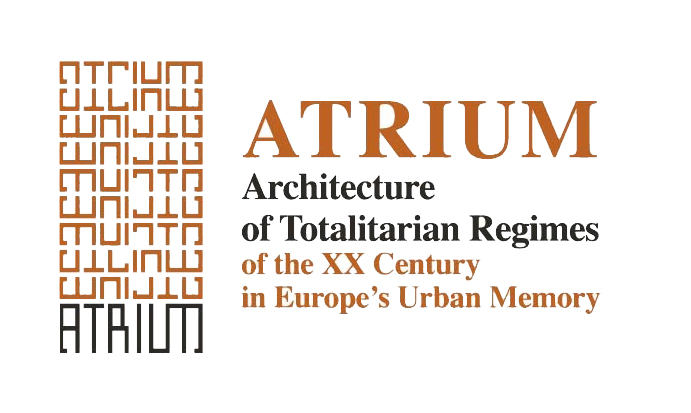
The totalitarian regimes which characterized much of Europe during the central decades of the twentieth century had a major impact on the urban landscape.
Albania, Bulgaria, Croatia, Italy, Romania

Legendary “father” of Roman civilisation and a timeless source of inspiration for the artistic and cultural creation of European mankind through the centuries, the Trojan hero Aeneas remains a symbol of European identity.
Albania, Greece, Italy, Tunis, Turkey

Alvar Aalto (1898-1976) was a pioneer of modern architecture and design, who enjoyed an exceptionally rich and varied career.
Denmark, Estonia, Finland, France, Germany
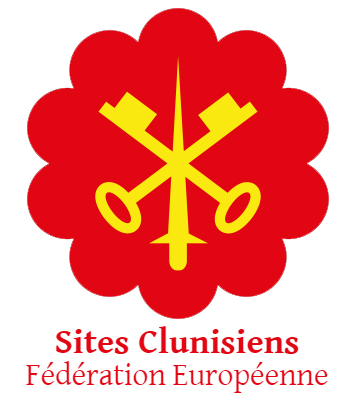
In the early 10th century, Willam the Pious, Duke of Aquitaine, founded a Benedictine Abbey in Cluny, in the French region of Burgundy.
France, Germany, Italy, Portugal, Spain, Switzerland, United Kingdom

Saints Cyril and Methodius, the co-patrons of Europe, are symbols of cultural dialogue between Eastern and Western Christianity.
Bulgaria, Czechia, Greece, Hungary, Slovakia, Slovenia

Napoleon Bonaparte (1769-1821) was a remarkable political leader who influenced European and global affairs for more than a decade while he ruled over France.
Belarus, Belgium Croatia Czechia France Germany Italy Poland Portugal Russia Spain United Kingdom
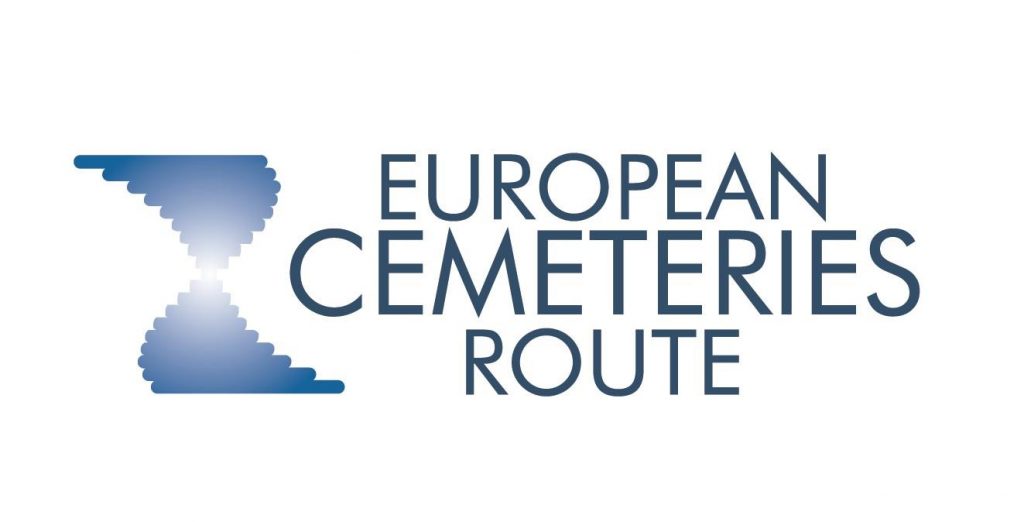
Throughout history, cemeteries have been an essential part of our civilisation. These sacred and emotional spaces are concomitantly time witnesses of local history for cities and towns.
Austria, Bosnia Herzegovina, Croatia, Denmark, Estonia, France, Germany, Greece, Ireland, Italy, Netherlands, Norway, Poland, Portugal, Romania, Serbia, Slovenia, Spain, Sweden, United Kingdom
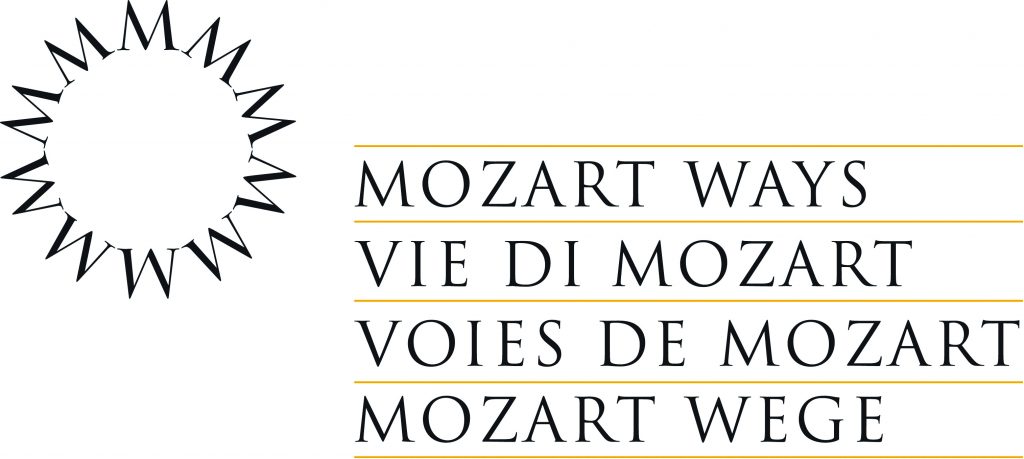
Wolfgang Amadeus Mozart was one of the most influential figures in the history of music and of Western culture as a whole.
Austria, Belgium, Czechia, France, Germany, Italy, Netherlands, Slovakia, Switzerland, United Kingdom
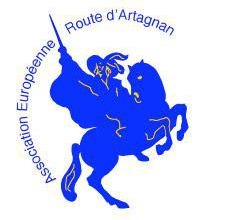
The European Route d’Artagnan is a physical and linear cultural route, established on the basis of historical and literary documents that retrace the epic of Charles de Batz de Castelmore d’Artagnan.
Belgium, France, Netherlands, Portugal, Spain

The development of ceramic art in Europe is remarkable. The ceramics industry boom has not just marked the economic development of the territories concerned, but has also produced a heritage and a social history and has contributed to the creation of a strong identity.
France, Germany, Italy, Netherlands, United Kingdom

Nine centuries ago, Robert de Molesme founded the “New Monastery” of Cîteaux, following the principles of the Rule of Saint Benedict: pray far from the world and live off the work of one’s hands.
Belgium, Czechia, Denmark, France, Germany, Italy, Poland, Portugal, Spain, Sweden, Switzerland
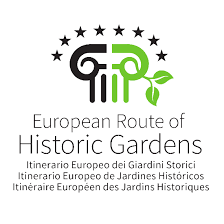
Georgia, Germany, Hungary, Greece, Italy, Poland, Portugal, Spain

Thermalism – the therapeutic use of hot springs – has been prevalent in Europe from ancient times to the present day.
Belgium, Croatia, Czechia, France, Germany, Greece, Hungary, Italy, Portugal, Russia, Spain, United Kingdom

Starting around the middle of the 18th Century with the advent of the Industrial Revolution, new technology spread rapidly across Europe.
Austria, Belgium, Bulgaria, Croatia, Czechia, Denmark, Finland, France, Germany, Greece, Ireland, Italy, Latvia, Luxembourg, Netherlands, Norway, Poland, Portugal, Romania, Serbia, Spain, Sweden, Switzerland, Turkey, Ukraine, United Kingdom

The Jewish people are an integral part of European civilisation, having made a unique and lasting contribution to its development through the millennia right up to today.
Belarus, Bosnia Herzegovina, Croatia, Czechia, France, Italy, Lithuania, Poland, Portugal, Romania, Serbia, Spain, Turkey, United Kingdom
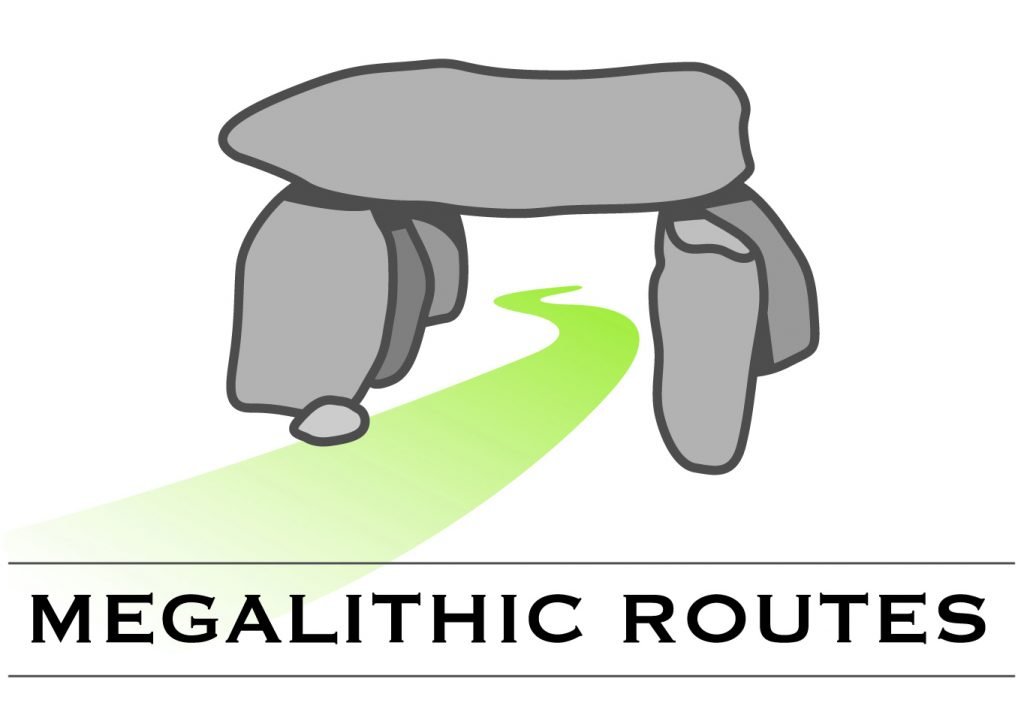
Megaliths – literally “big stones” – were widely used by prehistoric communities to build monuments, burial places, and sanctuaries.
Belgium, France, Germany, Italy, Netherlands, Portugal, Spain
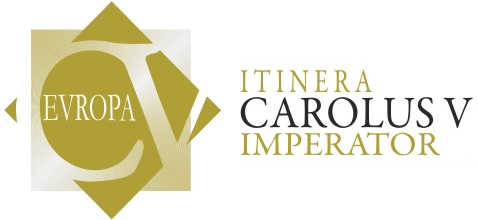
Emperor Charles V was the great 16th century pan-European sovereign. Through inheritance, he brought together, under his rule, extensive territories in western, central, and southern Europe and the Spanish colonies in the Americas and Asia.
Belgium, France, Germany, Italy, Netherlands, Portugal, Spain
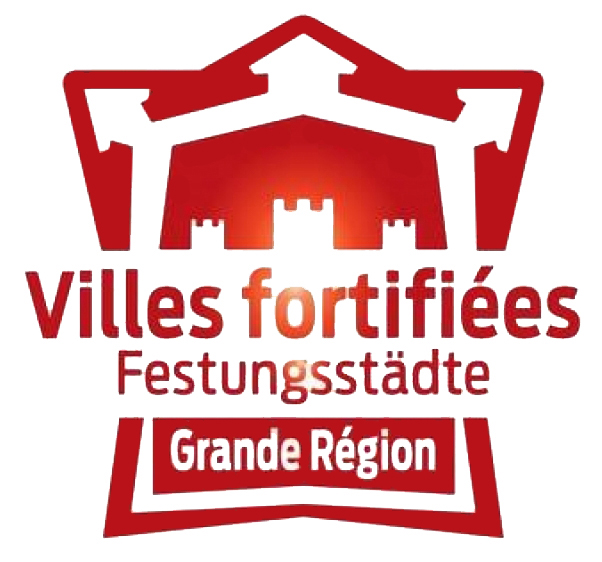
Located In the heart of Europe, the region between France, Germany, Belgium and Luxembourg was long a place of military struggle.
France, Germany, Luxembourg

In 1685 an era of persecution began after the King of France, Louis XIV, revoked the Edict of Nantes.
France, Germany, Italy, Switzerland

The Impressionist movement, originated in the 19th century, strongly irrigated the whole of the European continent through painters like Claude Monet, Pierre-Auguste Renoir, Berthe Morisot, Alfred Sisley, Franz Bunke, Ivan Grohar, Francisco Llorens-Diaz
Croatia, France, Germany, Italy, Netherlands, Slovenia, Spain

Robert Louis Stevenson, the author of world-wide bestsellers such as Treasure Island and The Strange Case of Dr Jekyll and Mr Hyde, was not only a renowned man of letters but also a restless traveller.
Belgium, France, Germany, United Kingdom
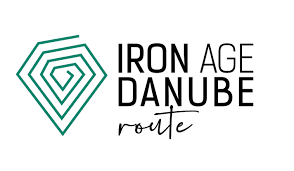
Archaeological heritage is, in its modern understanding, combining both natural and cultural heritage, and therefore represents the best way to reflect the ever-lasting relationship of humans with their environment.
Austria, Croatia, Hungary, Slovenia
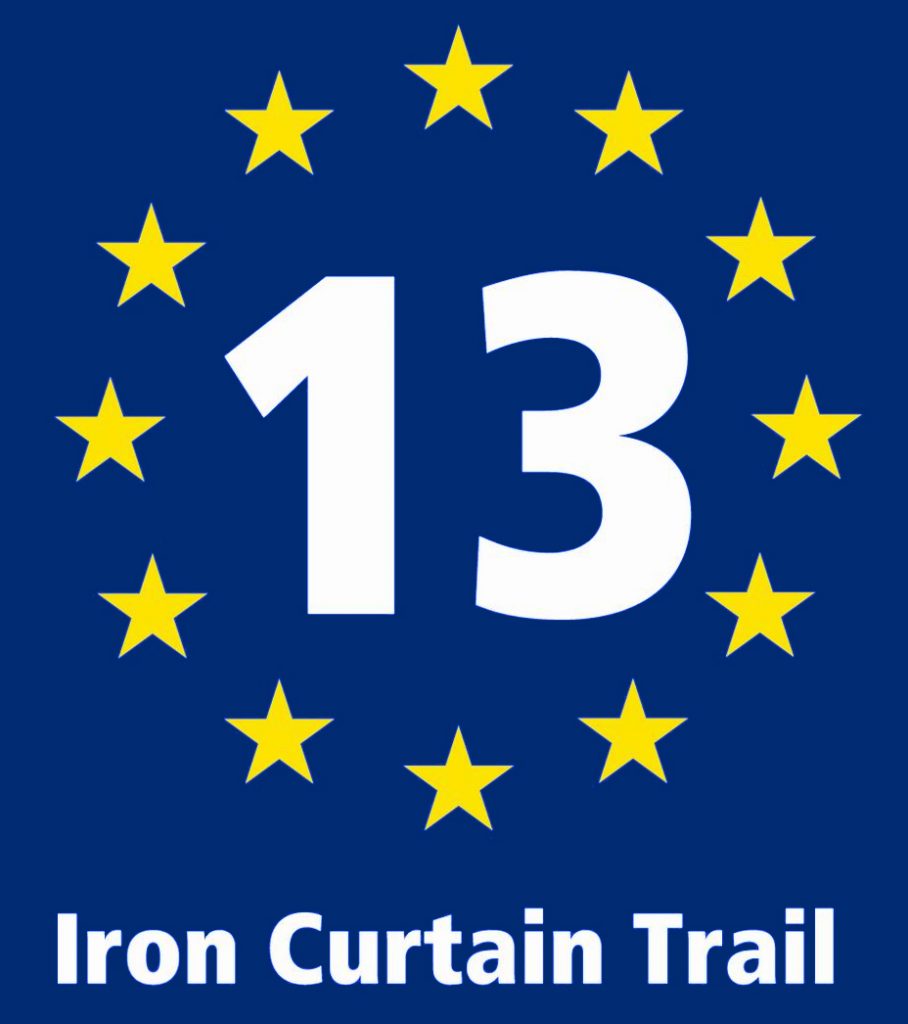
The Iron Curtain Trail retraces the physical border stretching from the Barents Sea to the Black Sea dividing Easter and Western Europe for almost half a century following the end of the Second World War.
Austria Belgium Bulgaria Croatia Czechia Estonia Finland Germany Greece Hungary Latvia Lithuania North Macedonia Norway Poland Romania Russia Serbia Slovakia Slovenia Turkey

The Pyrenees region is rich in iron ore and has a centuries-old iron-making tradition. This activity generated economic wealth, and there remains a great deal of evidence of its past glories.
Andorra France Italy Spain
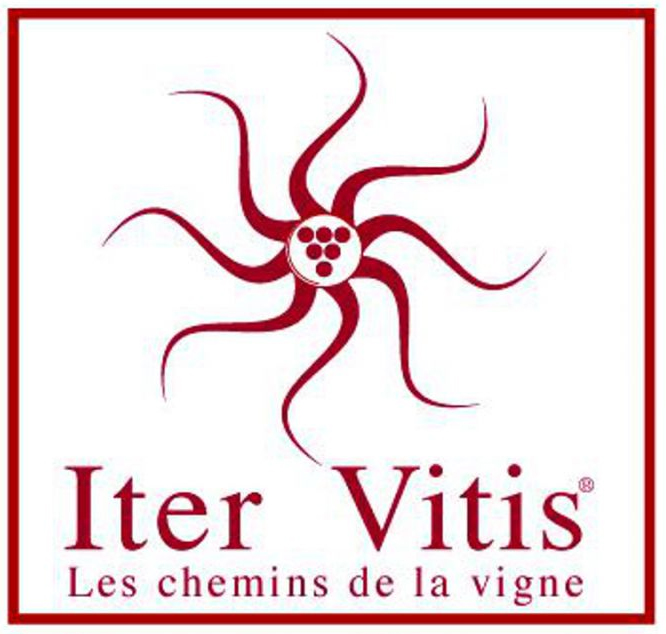
The culture of the vine, winemaking and viticultural landscapes are an important part of European and Mediterranean food culture.
Bulgaria Croatia France Greece Hungary Italy Malta Moldova Montenegro North Macedonia Portugal Romania Russia Serbia Slovenia Spain

Le Corbusier Destinations: architectural promenades narrate the life and achievements of one of the major architects of the 20th Century.
Belgium France Germany Switzerland
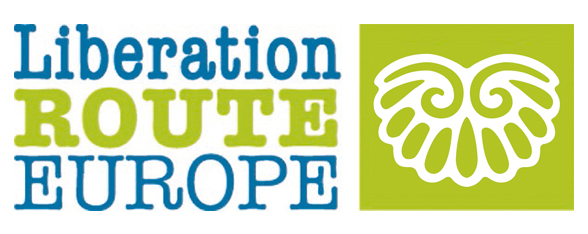
Liberation Route Europe is an international remembrance network linking the main regions impacted by the liberation of Europe from Nazi occupation in 1944-1945.
Belgium Czechia France Germany Italy Luxembourg Netherlands Poland United Kingdom

The Phoenicians’ Route refers to the connection of the major nautical routes used by the Phoenicians, since the 12thcentury BC, as essential routes for trade and cultural communication in the Mediterranean.
Croatia Cyprus France Greece Italy Malta Spain

Prehistoric Rock Art is the art of the first Europeans. It appeared in Europe 42,000 years ago and continued until the Early Iron Age in some regions.
France Italy Norway Portugal Spain
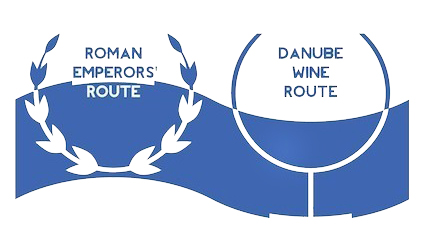
The Danube frontier of the Roman Empire was maintained by a constant military presence. As a result, the consumption of wine became an essential component of daily life in the region.
Bulgaria Croatia Hungary Romania Serbia

Olav II Haraldsson, later known as St. Olav, was King of Norway from 1015 to 1028. After he fell in the battle of Stiklestad in 1030 he was declared a martyr and a saint, which led to the propagation of his myth.
Denmark Finland Norway Sweden

Olav II Haraldsson, later known as St. Olav, was King of Norway from 1015 to 1028. After he fell in the battle of Stiklestad in 1030 he was declared a martyr and a saint, which led to the propagation of his myth.
Austria Czechia Germany Hungary Italy Poland Slovenia Switzerland

In the 8th century, the Iberian Peninsula saw the arrival of Arabs and Berbers who mixed with the Roman-Visigoth inhabitants, engendering what was known as Al-Andalus.
Italy Portugal Spain

Appearing in the late 19th century, Art Nouveau spread rapidly in Europe through international exhibitions, travelling artists, letters and journals.
Austria Belgium France Germany Hungary Italy Latvia Norway Portugal Romania Serbia Slovenia Spain Switzerland United Kingdom


The legend holds that St. James’s remains were carried by boat from Jerusalem to northern Spain, where he was buried on what is now the city of Santiago de Compostela.
Belgium Czechia France Germany Italy Lithuania Netherlands Poland Portugal Spain
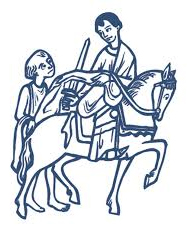
Saint Martin of Tours is one of the most familiar and recognisable Christian saints and has been venerated since the 4thcentury.
Belgium Croatia France Germany Hungary Italy Luxembourg Netherlands Slovakia Slovenia
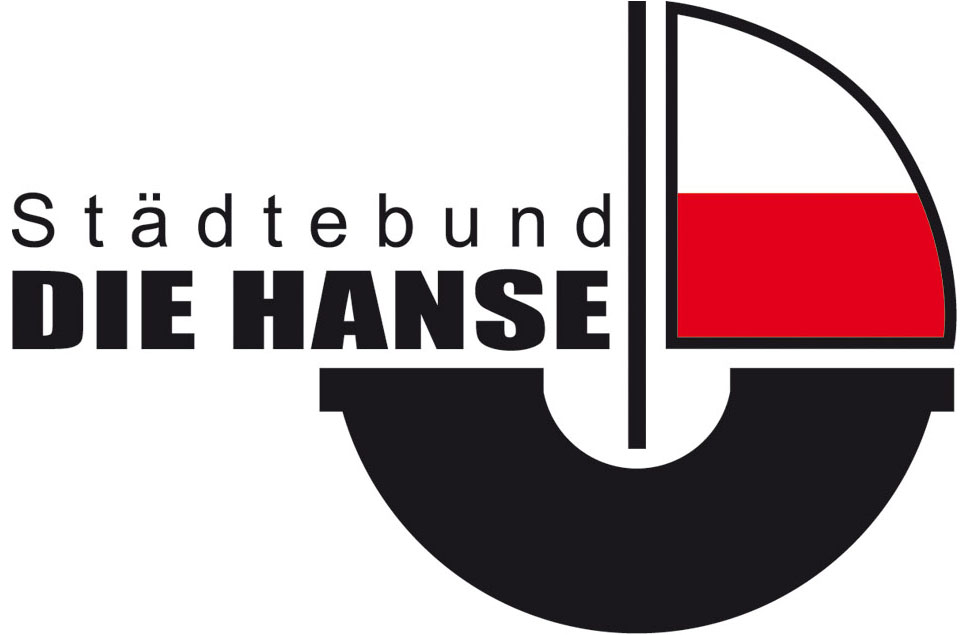
In the mid-thirteenth century, German seafaring merchants joined together to lay the basis of what became the Hanseatic League as a way to pursue their shared economic interests.
Belarus Belgium Estonia Finland France Germany Iceland Latvia Lithuania Netherlands Norway Poland Russia Sweden United Kingdom

Around the year 1000, artists from all over Europe were inspired by the Roman and early Christian tradition, giving birth to a unique architectural style: the Romanesque.
Austria France Germany Italy Portugal Romania Serbia Slovakia Spain
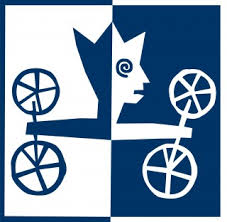
The VIA REGIA is the oldest and longest road linking Eastern and Western Europe. Evidence shows that the VIA REGIA corridor, which is situated south of the ice cap and north of the middle mountainous zone, was the favourite region of passage of migrating tribes as far back as the Stone Age.
Belgium France Germany Lithuania Poland Spain Ukraine

The Carolingian dynasty finds its crucible in the heart of Austrasia, where a wealth of testimonies of the Carolingian saga has been permeating in the local culture ever since the Early Middle Ages.
Belgium France Ireland Italy Luxembourg Spain Switzerland

In 990 AD, Sigeric, Archbishop of Canterbury, travelled to Rome to meet Pope John XV and receive the investiture pallium.
France Italy Switzerland United Kingdom
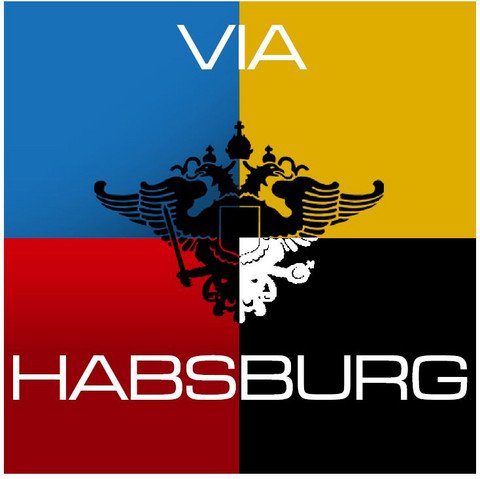
The House of Habsburg was one of the most influential royal houses of Europe. To a certain extent the history of the Habsburgs is also our history. From 996 to 1815 the personalities of this major dynasty had a decisive influence on history, as they helped to form the geography and the fate of Europe.
Austria France Germany Switzerland
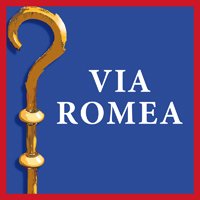
Starting in Northern Germany, and reaching Rome through Austria and Italy, the Via Romea Germanica is retracing the steps of Abbot Albert of Stade as narrated in his diary.
Austria Germany Italy
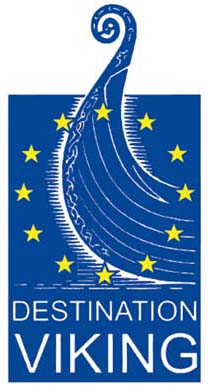
The Viking Age was the period from 8th to 11th century during which Vikings achieved unrivalled boat building, navigational and seamanship skills allowing them to travel widely throughout Northern and Western Europe, the North Atlantic, into the Mediterranean and deep into the rivers of Russia and the Ukraine.
Belarus Denmark Finland France Germany Iceland Ireland Latvia Netherlands Norway Poland Spain Sweden United Kingdom
Cultural Routes by Country…
Cultural routes have gained popularity because of the significance they represent to many people. They are a re-enactment of a route taken by a historical person of importance, a route of migration or pilgrimages of certain ethnic and religious groups, a route that played a role in the development of European commerce or societies. The Council of Europe has designated certain routes in an effort recognize their importance and to preserve and protect them.Some of these routes like the way of St. James to Santiago de Compostela, are traveled by foot each year by thousands as a pilgrimage. Others can mark the development of certain concepts that found their way from society to society that eventually impact the cultures in Europe to this day. Examples of these historical routes are the Amber Road and the recent Iron Curtain and Berlin Wall trails.
ALBANIA
Saint Martin of Tours
Routes of the Olive Tree
Areanas Route
Iron Age the Danube Route
ANDORRA
Iron Route in the Pyrenees
Saint Martin of Tours
AUSTRIA
European Mozart Ways
Saint Martin of Tours
Transromanica- The Romanesque Routes of European Heritage
European Cemeteries Route
Via Habsburg
Longobard Ways Across Europe
Via Romea Germanica
BELARUS
BELGIUM
The Hanse
European Mozart Ways
Saint Martin of Tours
Via Regia
The European Route of Cistercian Abbeys
European Route of Historical Thermal Towns
The European Route of Jewish Heritage
The Casadean Sites
The Réseau Art Nouveau Network
Destination Napoleon
European Routes of Emperor Charles V
In the Footsteps of Robert Louis Stevenson
The Chocolate Way
European Route of Historical Gardens
European Route of d’Artagnan
BOSNIA HERZEGOVINA
Saint Martin of Tours
Routes of the Olive Tree
The European Route of Jewish Heritage
Atrium
BULGARIA
Saint Martin of Tours
Atrium
Cyril and Methodius Route
CROATIA
The Phoenician’s Route
Saint Martin of Tours
Routes of the Olive Tree
Iter Vitis Route
European Cemeteries Route
European Route of Historical Thermal Towns
The European Route of Jewish Heritage
Atrium
Destination Napoleon
The Roman Emperors and the Danube WIne Route
CYPRUS
Saint Martin of Tours
Routes of the Olive Tree
CZECHIA
European Mozart Ways
Saint Martin of Tours
The European Route of Cistercian Abbeys
European Route of Historical Thermal Towns
The European Route of Jewish Heritage
Longobard Ways Across Europe
Destination NapoleonCyril and Methodius Route
DENMARK
The Viking Routes
Saint Martin of Tours
The European Route of Cistercian Abbeys
Route of St. Olav Ways
The European Route of Jewish Heritage
The European Route of Megalithic Culture
Alvar Aalto Route
ESTONIA
The Hanse
Saint Martin of Tours
European Cemeteries Route
FINLAND
The Hanse
Saint Martin of Tours
The Réseau Art Nouveau Network
FRANCE
Via Francigena
The Vauban and Wenzel Routes
European Mozart Ways
The Phoenician’s Route
Iron Route in the Pyrenees
Saint Martin of Tours
The Cluniac Sites in Europe
Routes of the Olive Tree
Via Regia
Transromanica- The Romanesque Routes of European Heritage
Iter Vitis Route
The European Route of Cistercian Abbeys
European Cemeteries Route
Prehistoric Rock Art Trail
European Route of Historical Thermal Towns
The European Route of Jewish Heritage
The Casadean Sites
The European Route of Ceramics
The Huguenot and Waldensian Trail
The Réseau Art Nouveau Network
Via Habsburg
Destination Napoleon
Route of the Fortified Towns of the Greater Region
In the Footsteps of Robert Louis Stevenson
The Chocolate Way
European Route of d’Artagnan
GERMANY
The Hanse
The Heinrich Schickhardt Route
European Mozart Ways
Saint Martin of Tours
The Cluniac Sites in Europe
Via Regia
Transromanica- The Romanesque Routes of European Heritage
Iter Vitis Route
The European Route of Cistercian Abbeys
European Cemeteries Route
European Route of Historical Thermal Towns
The European Route of Ceramics
The European Route of Megalithic Culture
The Huguenot and Waldensian Trail
The Réseau Art Nouveau Network
Via Habsburg
Longobard Ways Across Europe
Destination Napoleon
Route of the Fortified Towns of the Greater Region
European Routes of Emperor Charles V
The Chocolate Way
The Cassadean Sites
European Route of Historical Gardens
Via Romea Germanica
GREECE
The Phoenician’s Route
Saint Martin of Tours
Routes of the Olive Tree
Iter Vitis Route
European Cemeteries Route
The European Route of Jewish Heritage
Atrium
Destination Napoleon
European Route of Historical Gardens
Areanas Route
Cyril and Methodius Route
HUNGARY
Saint Martin of Tours
Iter Vitis Route
European Route of Historical Thermal Towns
The European Route of Jewish Heritage
The Réseau Art Nouveau Network
Longobard Ways Across Europe
The Roman Emperors and the Danube WIne Route
European Route of Historical Gardens
Cyril and Methodius Route
ICELAND
IRELAND
Saint Martin of Tours
Prehistoric Rock Art Trail
ITALY
Via Francigena
European Mozart Ways
The Phoenician’s Route
Saint Martin of Tours
The Cluniac Sites in Europe
Routes of the Olive Tree
Transromanica- The Romanesque Routes of European Heritage
Iter Vitis Route
The European Route of Cistercian Abbeys
European Cemeteries Route
Prehistoric Rock Art Trail
European Route of Historical Thermal Towns
The European Route of Jewish Heritage
The Casadean Sites
The European Route of Ceramics
The Huguenot and Waldensian Trail
Atrium
The Réseau Art Nouveau Network
Longobard Ways Across Europe
Destination Napoleon
European Routes of Emperor Charles V
The Chocolate Way
The Cassadean Sites
Iron Route in the Pyrenees
European Route of Historical Gardens
Areanas Route
Via Romea Germanica
LATVIA
The Hanse
Saint Martin of Tours
The Réseau Art Nouveau Network
LITHUANIA
The Hanse
Saint Martin of Tours
Via Regia
The European Route of Jewish Heritage
LIECHTENSTEIN
LUXEMBOURG
The Vauban and Wenzel Routes
Saint Martin of Tours
Route of the Fortified Towns of the Greater Region
MALTA
The Phoenician’s Route
Saint Martin of Tours
Routes of the Olive Tree
Iter Vitis Route
MOLDOVA
Saint Martin of Tours
Iter Vitis Route
MONACO
MONTENEGRO
NETHERLANDS
The Hanse
European Mozart Ways
Saint Martin of Tours
The European Route of Jewish Heritage
The European Route of Ceramics
The European Route of Megalithic Culture
European Routes of Emperor Charles V
European Route of d’Artagnan
NORTH MACEDONIA
Saint Martin of Tours
Iter Vitis Route
NORWAY
The Viking Routes
The Hanse
Saint Martin of Tours
European Cemeteries Route
Prehistoric Rock Art Trail
Route of St. Olav Ways
The European Route of Jewish Heritage
The Réseau Art Nouveau Network
POLAND
The Hanse
Saint Martin of Tours
Via Regia
The European Route of Cistercian Abbeys
European Cemeteries Route
The European Route of Jewish Heritage
Destination Napoleon
European Route of Historical Gardens
PORTUGAL
The Phoenician’s Route
Saint Martin of Tours
Routes of the Olive Tree
Transromanica- The Romanesque Routes of European Heritage
Iter Vitis Route
The European Route of Cistercian Abbeys
European Cemeteries Route
Prehistoric Rock Art Trail
The European Route of Ceramics
The Réseau Art Nouveau Network
Destination Napoleon
European Routes of Emperor Charles V
European Route of Historical Gardens
European Route of d’Artagnan
ROMANIA
Saint Martin of Tours
Transromanica- The Romanesque Routes of European Heritage
Iter Vitis Route
European Route of Historical Thermal Towns
The European Route of Jewish Heritage
Atrium
The Roman Emperors and the Danube WIne Route
RUSSIA
The Hanse
European Cemeteries Route
Destination Napoleon
SERBIA
Saint Martin of Tours
Transromanica- The Romanesque Routes of European Heritage
European Cemeteries Route
The European Route of Jewish Heritage
SLOVAKIA
European Mozart Ways
Saint Martin of Tours
The European Route of Jewish Heritage
Longobard Ways Across Europe
Cyril and Methodius Route
SLOVENIA
Saint Martin of Tours
Routes of the Olive Tree
European Cemeteries Route
The European Route of Jewish Heritage
The Réseau Art Nouveau Network
Longobard Ways Across Europe
The Roman Emperors and the Danube WIne Route
Cyril and Methodius Route
SPAIN
The Santiago De Compostela Pilgrim Routes
The Phoenician’s Route
Iron Route in the Pyrenees
Saint Martin of Tours
The Cluniac Sites in Europe
Routes of the Olive Tree
Via Regia
Transromanica- The Romanesque Routes of European Heritage
Iter Vitis Route
The European Route of Cistercian Abbeys
European Cemeteries Route
Prehistoric Rock Art Trail
European Route of Historical Thermal Towns
The European Route of Jewish Heritage
The Casadean Sites
The European Route of Ceramics
The routes of El Legado Andalusi
– Route of the Caliphate
– Route of Washington Irving
– Route of the Nasrides
– Route of the Almoravids and Almohads
– Route of Alpujarras
– Route of Ibn al-Khatib
– Route of al-Mutamid
– Route of al-Idrisi
The Réseau Art Nouveau Network
Destination Napoleon
European Routes of Emperor Charles V
The Chocolate Way
The Cassadean Sites
European Route of Historical Gardens
European Route of d’Artagnan
SWEDEN
The Viking Routes
The Hanse
Saint Martin of Tours
The European Route of Cistercian Abbeys
European Cemeteries Route
Route of St. Olav Ways
The European Route of Jewish Heritage
The European Route of Megalithic Culture
SWITZERLAND
Via Francigena
European Mozart Ways
Saint Martin of Tours
The European Route of Cistercian Abbeys
The European Route of Jewish Heritage
The Casadean Sites
The Huguenot and Waldensian Trail
The Réseau Art Nouveau Network
Via Habsburg
The Cassadean Sites
TURKEY
The Phoenician’s Route
Routes of the Olive Tree
The European Route of Ceramics
Areanas Route
UKRAINE
Saint Martin of Tours
Via Regia
The European Route of Jewish Heritage
UNITED KINGDOM
Saint Martin of Tours
The Cluniac Sites in Europe
European Cemeteries Route
European Route of Historical Thermal Towns
The European Route of Jewish Heritage
The European Route of Megalithic Culture
Destination Napoleon
In the Footsteps of Robert Louis Stevenson
The Chocolate Way

